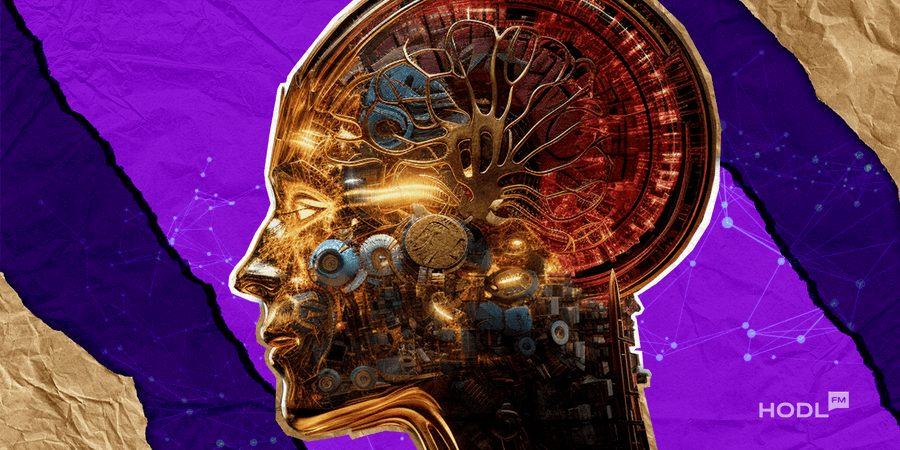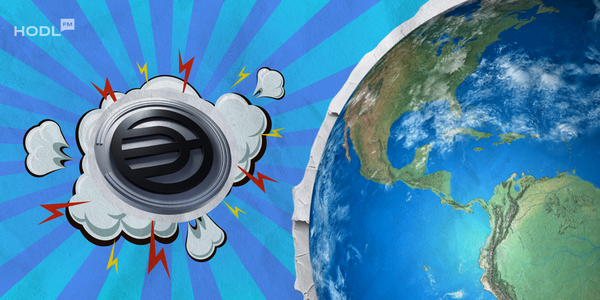Elon Musk’s brainchild, Neuralink, is making headlines once again as it opens its patient registry for human trials. This ambitious venture into the future of brain-computer interfaces promises to not only help those with severe disabilities but also pave the way for what Musk calls “cybernetic enhancements” that could one day give us superhuman abilities – yes, think telepathy, laser vision, and maybe a few other sci-fi perks.
A Bold New Step for Neurotech
Neuralink, founded by Musk in 2016, has long been at the forefront of developing new technology meant to bridge the gap between the human mind and modern computers. Recently, the company announced that its patient registry is now open to applicants worldwide. In an enthusiastic X post, Neuralink stated that anyone with quadriplegia is welcome to sign up – regardless of geographic location. This means that if you’ve been dreaming about controlling computers solely with your thoughts, Neuralink might just be your ticket to that futuristic life.
🌎 The Neuralink Patient Registry is now open globally!
— Neuralink (@neuralink) April 2, 2025
If you have quadriplegia and are interested in exploring groundbreaking ways to control a computer using your thoughts, you can now sign up from anywhere in the world.https://t.co/jdKOJNhuKf pic.twitter.com/rgG1sRr8G7
The program is particularly focused on individuals with quadriplegia, but the registry isn’t picky. Applicants must be at least 18 years old and can qualify if they have:
• Quadriplegia (affecting all four limbs)
• Paraplegia (paralysis of the lower body)
• Visual impairments or blindness (partial or total loss of vision)
• Speech impairments that hinder communication
Neuralink’s questionnaire even asks candidates about any known allergies to metal or contrast dye, whether they have medical insurance, and basic details like biological sex and fluency in English. All these details help ensure that only the most suitable candidates are considered – after all, you wouldn’t want your brain upgrade to come with unexpected side effects.
A Future of Superhuman Abilities?
During a recent all-hands meeting at Tesla, Musk tantalized the audience with a glimpse of what’s coming.
.@elonmusk: “Long term we will also have enhancement of humans … If somebody wants to have cybernetic enhancements … we could absolutely provide superhuman abilities via Neuralink in the future.” pic.twitter.com/A42LHCGrOS
— Chief Nerd (@TheChiefNerd) March 21, 2025
“Long term, we will also have enhancement of humans—optionally, if somebody wants to have cybernetic enhancements with Neuralink. If you want to go cybernetic and have superintelligence and see in different wavelengths, we could absolutely provide superhuman abilities via Neuralink in the future,” he declared.
It’s a vision that feels like something straight out of a comic book, yet Musk’s track record suggests there’s a method to his madness.
This isn’t just about improving quality of life for individuals with disabilities – although that remains a core mission. Neuralink’s goal is to create a direct interface between humans and artificial intelligence. Imagine a world where calculating complex equations or even communicating with devices becomes as natural as thought itself. For many crypto newcomers and tech enthusiasts, it’s the ultimate fusion of biology and technology.
Human Trials Underway
Although the U.S. Food and Drug Administration gave Neuralink the green light for human testing back in September 2023, progress has been cautious. So far, only three individuals have been approved for a brain-computer interface implant. And now, with the registry open, the pool of potential test subjects may finally expand. Every candidate will undergo a rigorous evaluation process – from ensuring they meet the age and health criteria to checking for contraindications such as existing implants (like pacemakers or deep brain stimulators), a history of seizures, or the need for regular MRIs.
Candidates who are accepted into the program will be compensated for study-related expenses such as travel and lodging, making participation a bit easier for those who might otherwise be deterred by the cost of such groundbreaking trials.
Controversy and Caution
Of course, every great innovation comes with its share of controversy. Neuralink has faced criticism over its animal trials – a 2022 Reuters report noted that over 1,500 animals had died during experiments. While technology has improved the ability of people with disabilities to interact with the world, ethical and safety concerns continue to be raised. Some worry that the road to superhuman intelligence might be paved with too many risks and not enough guaranteed benefits.
Those skeptical of brain implants might recall Musk’s earlier promises about a “telepathy cybernetic brain implant” that would one day let you control your phone or computer with your mind. Whether this sounds like the stuff of dreams or nightmares depends entirely on your outlook on merging man with machine.
The Road Ahead
With the registry now open, Neuralink invites people from all over the globe to apply and potentially become a part of this technological revolution. The idea is simple: if you have a severe disability and are curious about the potentially life-changing technology, then Neuralink could be your gateway to a future where the mind is no longer confined to the quirks of biology.
Additionally, the company plans to continue refining its technology, hosting events with developers and engaging with the public to gather feedback. This iterative process is designed to ensure that once the implants are in full swing, they’re as safe and effective as possible. Musk has hinted that in the future, enhancements may go beyond simply treating neurological disorders to actually endowing users with capabilities that might seem straight out of science fiction.
Final Thoughts
Neuralink’s initiative represents both the promise and peril of merging technology with human consciousness. For those with mobility, vision, or speech impairments, the opportunity to participate in these trials could be life-changing. And for tech enthusiasts and crypto newcomers dreaming of a superhuman future, it’s a tantalizing peek at what might be possible when the human mind interfaces directly with machines.
As Neuralink opens its doors to the world, one can’t help but wonder: could we soon be living in a world where thoughts command devices and neural impulses replace keystrokes? Only time will tell. For now, the future is here, and it’s more intriguing—and a bit more nerve-wracking—than ever before.

Disclaimer: All materials on this site are for informational purposes only. None of the material should be interpreted as investment advice. Please note that despite the nature of much of the material created and hosted on this website, HODL FM is not a financial reference resource and the opinions of authors and other contributors are their own and should not be taken as financial advice. If you require advice of this sort, HODL FM strongly recommends contacting a qualified industry professional.




